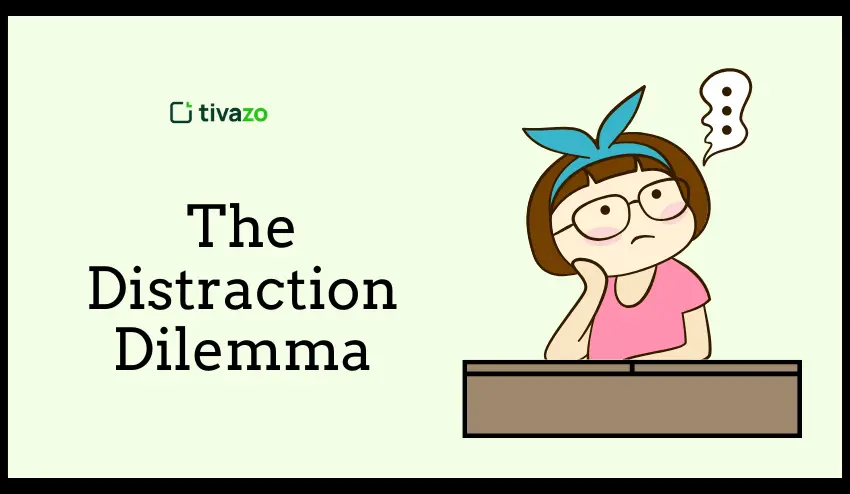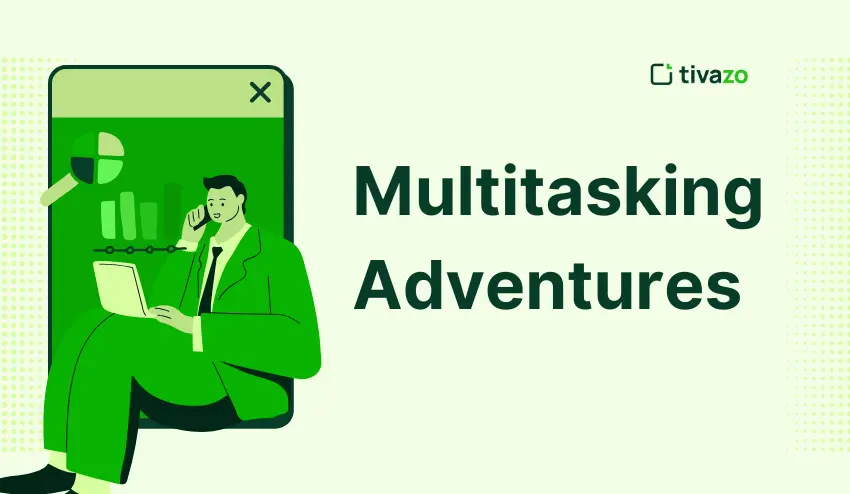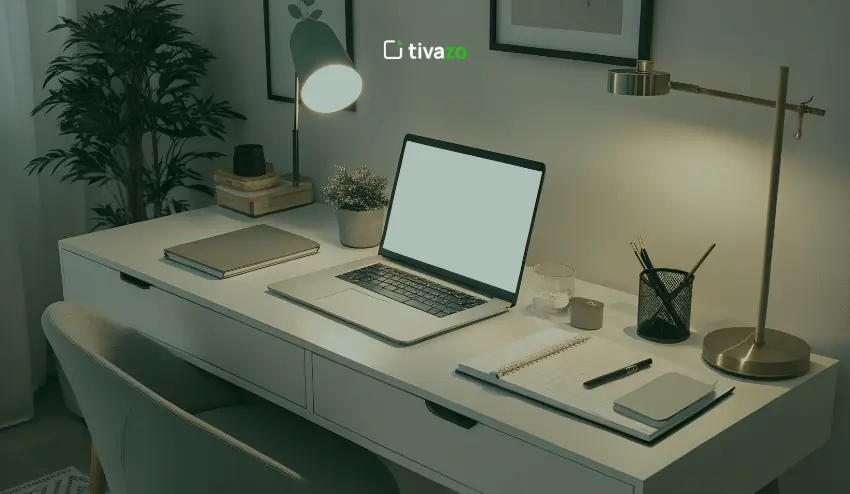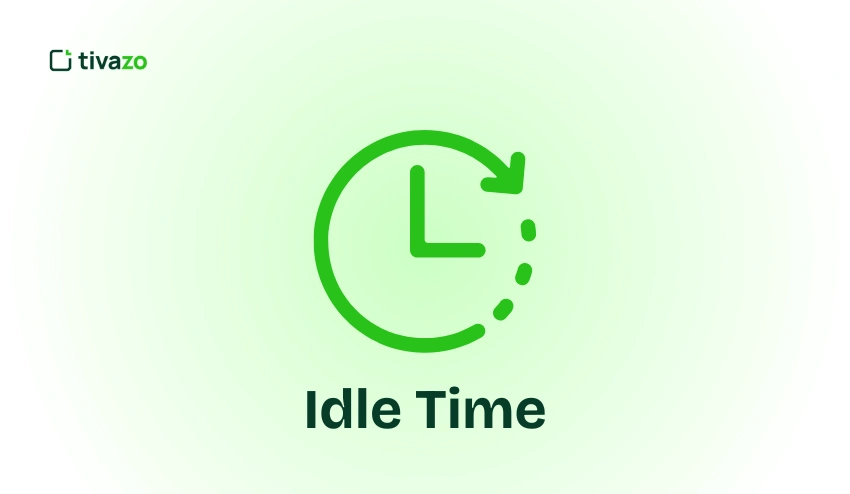We build, code, and plan with care,
New tools full of promise are everywhere.
Still, the tasks pile high, undone,
The workday ends, but no race is won.
That’s the productivity paradox at work. Ironically, this paradox is quite efficient while employees struggle to make true progress. Nowhere is this truer than in the case of hybrid work models, where employees alternate between office and remote settings.
Organizations made flexibility of work an incentive, or so they thought. It only led to a surprising disconnect between technological investments and measurable work output.
Shouldn’t tech assistance empower employees to be more productive than ever? Let’s dive deeper into the productivity paradox. We will crack the code to it and understand how it works in the age of hybrid setups.
Key Highlights:
- The Promise of Technology
- The Distraction Dilemma
- Multitasking Adventures
- The Productivity Paradox Gets Worse in Hybrid Setups
The Promise of Technology
Based on how broadly we classify technology in the workplace, it’s possible to understand its disruption. For instance, the typewriters and telephones of the late 19th century were nothing short of technologies. Since that ‘first wave,’ each subsequent one has flipped the narrative upside down.
The arrival of the mainframe computers in the ‘60s, the internet in the 2000s, or contemporary AI tools simply mirror the same promise. Back in the day, you’d have to dig through a filing cabinet just to find a document. Needed a signature? Chase down the relevant person in authority (and hope they’re available or in a good mood).
Today, all you need are a few clicks and you’re done! The reason why technology was offered a ‘main seat’ in the workplace had to do with the promise of higher productivity. The following were the benefits employers or companies were hoping for:
- Speed would become the norm, not a vague expectation. In other words, software promised to handle calculations, document creation, and management, etc., much better and faster than humans. The efficiency would be unmatched when compared to manual labor.
- Automated systems meant that employees would have to get fewer ducks in a row. The corporate world instinctively knew that any given area, when placed in the hands of tech, would require little human intervention.
- Communication could become as smooth as warm butter. Employees could share information almost instantly. Memos and punch cards? Nobody would need those.
- How can we forget that technology promised to nullify the need for digging through cabinets? The centralization of information meant that the required documents could be found quickly.
- ‘Light bulb moments’ would become commonplace with data-driven actionable insights. It was tempting to think that patterns or trends would no longer be hard to detect. Plus, guesswork could be confidently replaced with evidence-based insights (even when gained through predictions).
- Technology also swore to break the tether to the office. This meant that people’s long-held dream of working from home would become a living reality.
- At the time, most companies knew that those with early tech adoption stood a better chance at cornering the market. This belief persists even today, which is why riding on any new waves of tech is considered a business flex.
If there was even a 1% possibility of such promises or claims becoming true, why wouldn’t any company want to leverage that? Even today, the promises of technology hold sway. This is clear from the fact that worldwide IT spending is expected to grow by 9.8% in 2025.
Employers were willing to pay any price for greater productivity. Who would have thought that technology would go from ‘nice to have’ to ‘we can’t live without it’ within a few short decades?
The Distraction Dilemma

Did technology deliver on its fancy promises? To an extent, it did, and there’s more to come. McKinsey & Company sheds light on a potential $4.4 trillion in productivity growth with AI adoption. That should get the ball rolling for further tech disruption, but there’s a catch that companies cannot miss.
In other words, the same technology possesses the power to become a mischievous gremlin in the business world. It may streamline work as promised, but there’s a higher risk of leading employees astray. Let’s look at the distraction dilemma literally at work:
Notifications Galore
On a scale of 1-10, how terrified are you to hear the classic ping or see an inviting pop-up? Well, you should be at least in the context of workplace distraction. Each notification is usually a plea to “drop everything and look at me.”
A 2025 study shockingly revealed that an average worker checks their phone 58 times each day. Half of those checks happen during work hours, leading to around 40% loss in productivity. Five minutes easily turn into 10, and then 20, especially when social media is behind the notifications galore.
For instance, a quick Snapchat check turns into replying to messages, posting updates, and other tasks that fragment focus. The platform’s ‘Streak’ feature is especially addictive, demanding constant engagement. As per TorHoerman Law Snapchat attorneys, users are encouraged to keep a ‘streak’ of how many days they’ve messaged another user.
Slowly but surely, social media addiction fosters. In a perfect workplace setting, poor productivity is the most quantifiable sign of a problem. However, employees using such platforms compulsively also tend to experience poor emotional/mental health.
Too Many Tabs, Too Little Focus
Most human minds are capable of becoming a system where multiple tabs are open, and one has no clue where the music is coming from. Distraction at work is not uncommon. We might even be in the midst of a time-wasting epidemic.
That makes engagement drop many significant points, as noted by Gallup in its State of the Global Workplace Report. As employee engagement declined to 21% in 2024, companies eventually paid the price of $438 billion. Too many tabs do not automatically mean deep focus.
Many employees will confess to opening a tab to check a project only to doomscroll memes for the next 30 minutes. Matters only slip out of hand when multiple apps start pinging like they’re auditioning for Broadway.
Meetings That Could Be Emails
Can you relate to a meeting where everyone’s staring at their Zoom screen and nodding politely? As you do the same, you can’t help but think, “This could have been a single email?” Yes, such meetings are not only annoying but also sneaky productivity thieves.
It’s great that technology has made it possible to conduct even 10-minute meetings (that seldom last for just 10 minutes). However, even “short” meetings can interrupt the brain’s deep focus.
Switching from a project to a meeting, and then back again, is a mental ping-pong that doesn’t end well. You may leave feeling busy, but productive? That’s a real question mark.
Multitasking Adventures

Ah, multitasking: the legendary skill that everyone brags about, but one that secretly kills productivity. Technology has made it quite convenient to multitask. Employees can be found answering Slack messages, drafting a report, hopping on a Zoom call, and even checking emails ‘real quick’ side-by-side.
If you do the same, congratulations, for you’ve converted your brain into a circus juggling act. Despite its allure, multitasking has negative effects on cognitive health. It impairs executive function and memory, especially when it comes to tasks that call for problem-solving.
So, the next time you notice a report with only half the important details? Remember it as multitasking’s little signature move.
The Productivity Paradox Gets Worse in Hybrid Setups

Wasn’t hybrid work introduced as the Holy Grail of flexibility and efficiency? Sadly, this setup may exacerbate the productivity paradox. It’s almost as if technology is the proposed solution to productivity issues, but has become the problem.
Employees and employers leaned in favor of split work, expecting it to be the best of both worlds. It wouldn’t be an exaggeration to call this setting the worst of both. Yes, it is possible to tackle focused projects from the comfort of one’s home. The question is at what price?
Toggling between environments requires constant context-switching. If that doesn’t lead to mental exhaustion, what else does? It’s no surprise that days meant to be productive end up feeling like a tug-of-war. Let’s look closely at the reasons why the productivity paradox tends to worsen in hybrid models:
Heightened Distractions
Inside the office, there’s the classic colleague chatter and unexpected drop-bys. Remotely, one’s family, pets, or even every app pinging at the same time can be massive distractions. The irony with hybrid work is that it combines the two.
How? The switch itself can be draining. An employee needs to mentally recalibrate, even if they work three days from home and the remaining days in the office. It can be exhausting to set up workspaces, adjust tools, and remember unfinished tasks.
Let’s not forget about task fragmentation. Projects started at home may require office resources to complete. Then what? The employee often has no choice but to resort to split attention and incompletion.
Communication Overload
There’s a limit to how much someone can ‘stay in the loop.’ Hybrid work may end up testing those limits. The cumulative effect is the issue once more.
One must mainly rely on digital channels for communication when working remotely. That would include Teams, Slack, and emails. Because each channel produces a distinct stream of notifications, it can be challenging to maintain organization. Also, there may be numerous redundant updates since hybrid teams do not always work physically together.
Like it or not, hybrid schedules do create availability gaps. This happens because colleagues are working under different setups on different days or hours. The pile-up of messages can be overwhelming to stay on top of.
The ‘Always-On’ Pressure
Seldom has someone worked in a split mode without realizing how it creates the pressure to be ‘on’ all the time.
On days of remote work, there’s the extra burden to ‘prove visibility.’ After all, if you don’t respond to messages at once or join calls immediately, you’re not working, right?
While at the office, the pressure doesn’t stop because you show up ever so little. Even small breaks taken for mental reflection can seem like asking for too much. The fragmented focus and stress compound over the week. Employees may have felt busy or engaged, but actual output suffers.
Did you know that a majority of companies across Singapore value flexible work arrangements? No wonder 79% of employees have been using GenAI for work, and the figure is expected to rise further. A tangible remedy is needed if the productivity paradox is real. Many employees already feel like juggling flaming swords while riding a unicycle.
What can be done, then? The following are the needs of the hour:
- Time-blocking like a boss
- Killing notification zombies
- Embracing micro-rituals for a mental reset now and then
- Being aware of one’s social media temptations
Despite the difficulty, the productivity paradox is not some enigmatic conundrum written in corporate code. You can crack it and, better yet, beat it. Apply trial and error, but most importantly, take it one day at a time.




